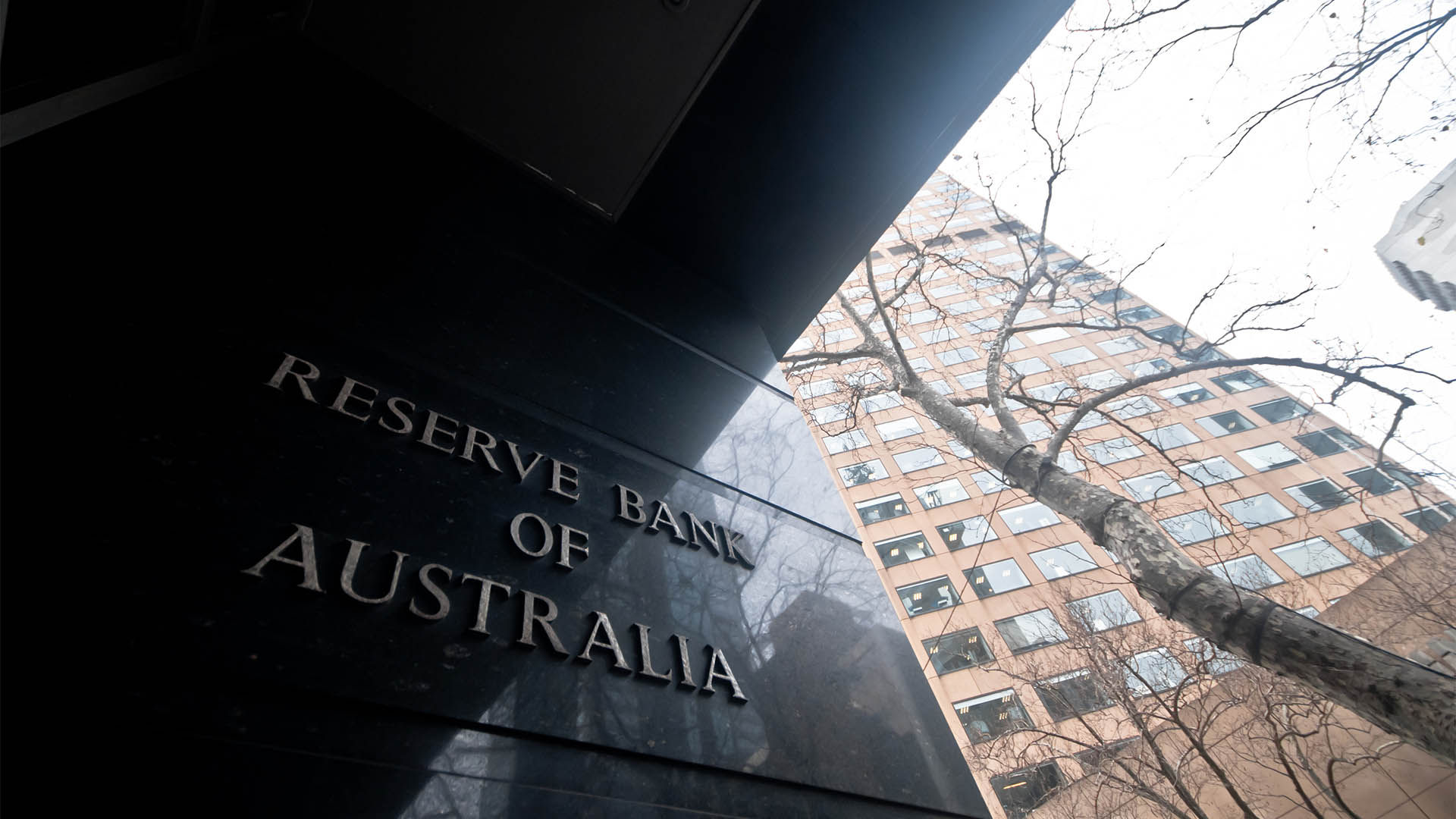Australian business conditions index rebounded in August but the political volatility hit confidence levels, knocking them lower to where they are now below average, according to the latest business survey from the National Australia Bank.
The NAB said its business conditions index rose by 2 points to +15 index points in August which is well above its long-term average, recovering some of the ground lost in recent months while business confidence fell 3 points to +4 index points and is now below average.
Last week’s June national accounts revealed solid economic growth, except for wages which continue to stagnate. Growth is running at 3.4% a year.
The August jobs data tomorrow will provide a further update on the health of the economy. Another 10,000 or so new jobs are expected, according to economists.
According to Alan Oster, NAB Group Chief Economist “The business conditions index rebounded a little in August, and while it is some way off the highs earlier in the year, it remains well above average. This is a welcome sign of a stabilisation in business conditions”.
“The rise in the month was driven by an improvement in both profitability and trading conditions, while the employment index was unchanged,” said Mr. Oster.
According to Mr. Oster “The employment index continues to suggest growth in employment of around 23,000 per month over the next 6 months. With a stabilisation in the labour force participation rate, this should be enough to see the unemployment rate decline further over the rest of 2018”.
The NAB said conditions rose in mining and manufacturing in August and though retail showed some improvement, conditions in the sector are still negative. Most of the remaining industries saw declines in the month – with conditions in the construction sector declining noticeably.
“The mining sector continues to see the most favorable conditions across industries, even as the boom in investment winds down,” Mr Oster said.
This likely reflects higher than expected profitability given commodity prices have held up over the past year and increased productivity as projects enter the production phase. Actual capex in the survey also suggests investment levels in the industry remain favorable.
“Conditions in construction also remain elevated, reflecting the large pipeline of residential and non-residential work as well as spillovers from public sector investment. In contrast, the retail sector remains weak, being the only industry to record negative conditions and lagging other industries as it has done for some time” Mr. Oster said.
The BAB said its list of leading indicators improved a little in the month after weakening in recent months. Forward orders rose to above average levels, reversing its decline last month. Capacity utilisation edged slightly higher and remains relatively high after drifting up in recent years.
“The stabilisation of the forward-looking indicators provides some comfort that while business conditions have eased from the levels seen in early 2018, the outlook remains positive. In combination with a rebound in business conditions this month, this suggests that the business sector has continued to perform strongly as we enter the second half of 2018” said Mr. Oster.
While most survey indicators saw an improvement in the month, business confidence fell to below average levels after hovering around average since May 2018.
“Overall, August saw an improvement across the business sector. Business conditions regained some of the ground lost in recent months and have been well above average for some time. In addition, the forward orders index saw a rebound as did capital expenditure. Capacity utilisation remains high and the profitability index remains well above average. This suggests investment in the business sector should continue to grow.
“Further, the employment index continues to show a pace of employment growth greater than that of the population which should see the unemployment rate decline further. The dynamic around further declines in the unemployment rate and faster wage growth remain key to the outlook for monetary policy” Mr. Oster said.













